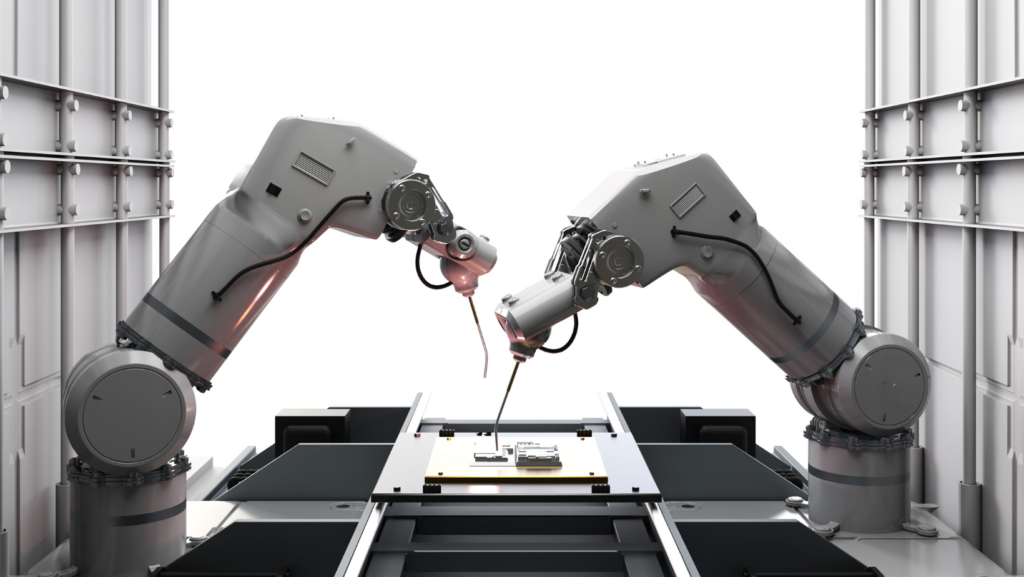In today’s fast-paced digital world, automation in IT is revolutionizing how businesses operate. By streamlining repetitive tasks and processes, automation enhances efficiency and reduces human error, allowing IT professionals to focus on more strategic initiatives. From deploying software updates to managing cybersecurity threats, automation tools are becoming indispensable in the tech landscape.
The rise of automation isn’t just about saving time; it’s also about improving accuracy and consistency across IT operations. As businesses grow and technology evolves, the demand for seamless and scalable solutions is higher than ever. Automation provides the backbone for this transformation, enabling organizations to adapt swiftly to market changes and customer needs.
Understanding what automation in IT entails is crucial for anyone looking to stay ahead in the tech industry. It’s not just a trend but a fundamental shift in how IT departments function, offering a competitive edge to those who embrace it fully.
What is Automation in IT

The question what is Automation in IT signifies the use of software tools and scripts to perform tasks that traditionally require manual intervention. Organizations deploy automation to manage complex IT processes efficiently, ensuring that repetitive tasks like data entry and server monitoring are handled without human oversight. By leveraging automation, companies increase productivity and reduce the likelihood of errors.
Integrating what is automation in IT operations involves numerous technologies. For example, cloud platforms and orchestration tools facilitate the deployment of applications and resources seamlessly. These technologies enable IT teams to focus on strategic projects and innovation rather than routine maintenance.
Types of Automation in IT
Automation within IT spans several key areas, each enhancing different aspects of the digital workflow. By leveraging these types, organizations optimize operations, improve productivity, and stay competitive.
Infrastructure Automation
Infrastructure automation involves using automation tools to manage IT infrastructure, including networks, servers, and storage. It enables consistent configuration across environments, reducing manual errors. Tools like Terraform and Ansible automate infrastructure provisioning and configuration management. When resources are provisioned automatically, it enhances scalability and flexibility, tailoring resources to meet demand fluctuations efficiently.
Application Deployment Automation
Application deployment automation streamlines software delivery, allowing teams to deploy applications consistently and predictably. Automated deployment pipelines integrate with CI/CD practices, rapidly pushing changes from development to production. Jenkins and Kubernetes are examples of tools facilitating seamless application deployment. Faster and more reliable releases lead to better user experiences and increased agility in responding to market needs.
Security Automation
Security automation employs scripts and software solutions to identify and remediate security threats efficiently. Automating routine security tasks like vulnerability scanning and incident response reduces response times and improves accuracy. SIEM (Security Information and Event Management) systems and SOAR (Security Orchestration, Automation, and Response) platforms help organizations strengthen their security posture by automatically detecting anomalies and executing predefined responses. Enhanced security processes protect sensitive data and maintain compliance with regulatory standards.
Benefits of Automation in IT

To answer the question what is Automation in IT revolutionizes business processes, driving efficiency and accuracy while offering significant advantages like cost savings.
Increased Efficiency
Automation enhances efficiency by executing repetitive tasks faster than manual efforts. Tasks such as data processing and monitoring execute in less time, allowing IT teams to allocate resources to strategic projects.
Reduced Human Error
Automation mitigates human error across IT processes. Automated systems execute predefined instructions consistently, minimizing mistakes in areas like server configurations and security updates.
Cost Savings
Automation cuts operational costs by reducing the need for manual labor. Implementing automation decreases downtime and maintenance costs, leading to significant financial savings for organizations over time.
Common Tools for IT Automation

IT automation leverages numerous tools that improve efficiency and consistency across processes. These tools handle tasks like configuration management, deployment, and integration within an IT infrastructure.
Ansible simplifies IT automation by providing an agentless architecture. Organizations use it for configuration management, application deployment, and task automation. It uses YAML language for playbooks, which makes it easy to read and write. Ansible’s open-source nature allows seamless integration with cloud platforms and enterprise systems.
Puppet delivers robust automation by managing IT infrastructure as code. It supports configuration management and automates provisioning across multi-cloud environments. Puppet uses a declarative language to define system states, ensuring systems maintain configurations.



